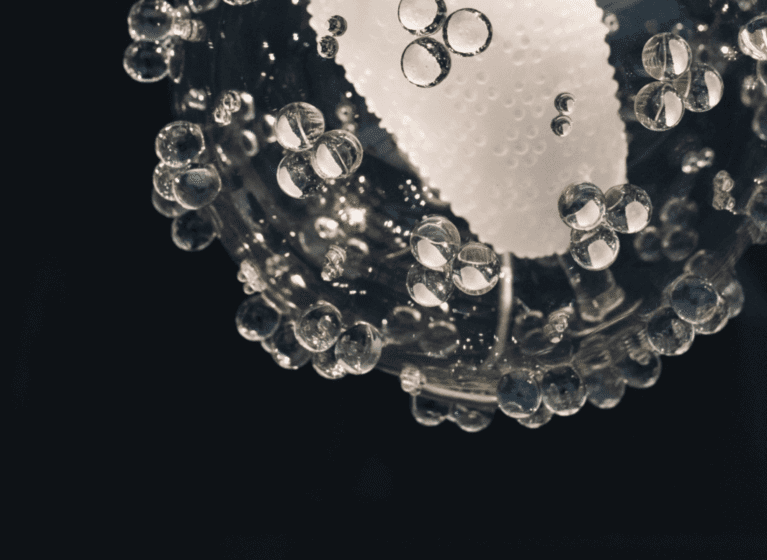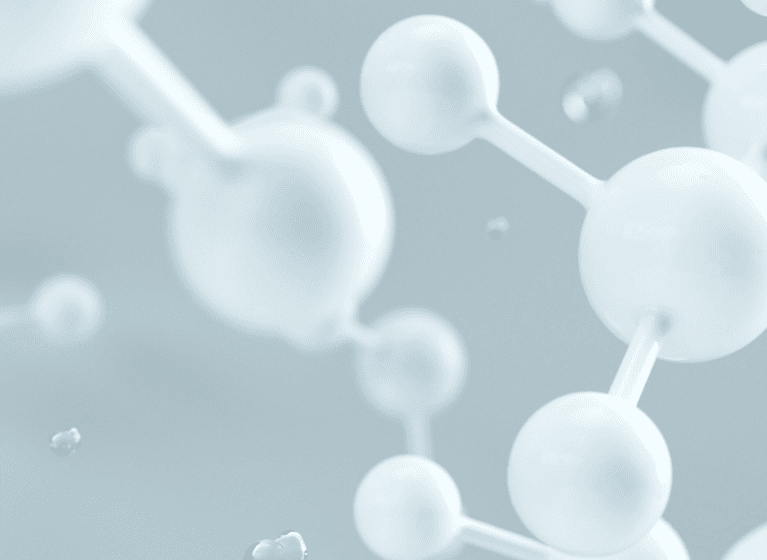This brief note provides an important update on the patentability of diagnostic technologies in Australia. This follows a decision from the Full Federal Court of Australia in proceedings that are analogous to those in the US and UK relating to patents owned by Sequenom Inc, directed to non-invasive prenatal testing, and alleged infringement by Ariosa Diagnostics Inc. (and licensees) through use of the “Harmony Test”.
The present decision relates to an appeal filed by Ariosa et al. to a first instance decision in which Sequenom’s claims were found valid and infringed.
Patentability of diagnostic methods
Ariosa (and associated licensees) appealed on several grounds, including that the primary judge erred in his finding that the claims are directed to patentable subject matter. Ariosa et al. argued that the judge ought to have found, among other things, that the relevant claims are to a “mere discovery” and involve the detection of what is naturally occurring.
Claim 1 of the patent under consideration (AU 727919, now expired) is:
A detection method performed on a maternal serum or plasma sample from a pregnant female, which method comprises detecting the presence of a nucleic acid of foetal origin in the sample.
In good news for companies developing diagnostics technologies, the three judges found that the claims in question “fall firmly within the concept of a manner of manufacture” (patentable subject matter) in Australia.
In particular, the justices commented that the substance of claim 1 is not genetic information, but “to a method involving the practical application of a means for identifying and discriminating between maternal and foetal nucleic acid”. The justices also commented that “[a]lthough the foetal nucleic acid occurs in nature, the substance of the invention is not cffDNA itself, but the identification of that particular nucleic acid as part of a method.”
Although the judges acknowledge that the reasoning under Australian law diverges from the approach in the UK, Europe and the US, (albeit that the outcome is similar to that in the UK), the decision confirms that Australia remains fertile ground for protecting diagnostic inventions.
Infringement
The appeal also considered whether performance of the Harmony Test outside Australia, and the reporting of the test results back to Australia (the so-called “send out model”) amounted to an infringement of the claims. The appellant judges overturned the first instance finding of infringement on the basis that the outcome from the test results does not amount to a “product resulting from the use” of the claimed method.
This decision therefore provides important guidance to those working in the area of diagnostic technologies in relation to whether information derived from a diagnostic test and obtained outside the patent areas, infringes Australian patent claims.
Next steps and further information
Given the profile of these proceedings in Australia and globally, the appellants may seek leave to further appeal to the High Court (the final appeal avenue).






